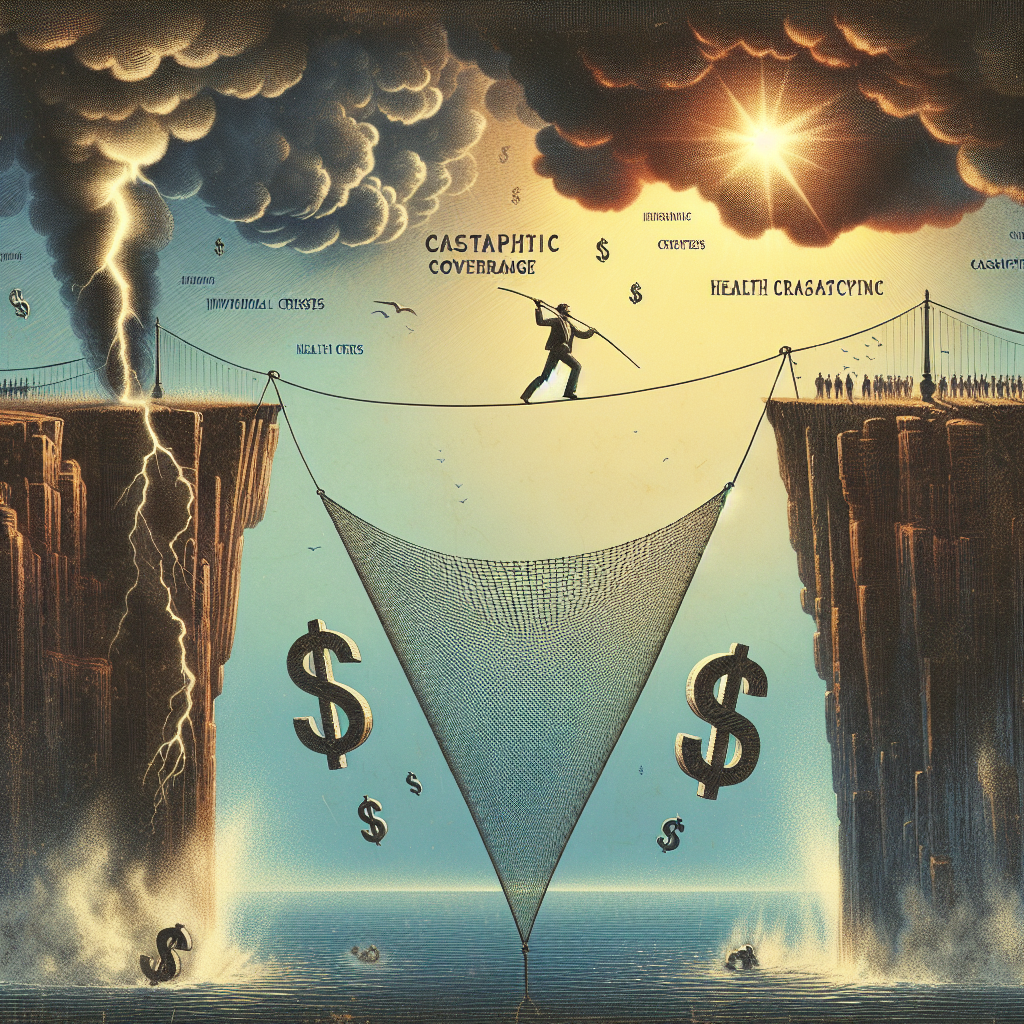Filed under Home Insurance on
Understanding What Home Insurance Coverage Includes

When it comes to safeguarding one of your most significant investments, understanding what home insurance coverage includes is crucial. Homeowners insurance provides financial protection against unexpected events, offering peace of mind when life takes an unpredictable turn. This comprehensive guide delves into the components of home insurance, helping you make informed decisions tailored to your needs. Let's explore the core elements of home insurance, common inclusions and exclusions, and tips for optimizing your policy.
The Basics of Home Insurance Coverage
Home insurance, also known as homeowners insurance, is a policy that protects your property from potential damage or loss. It typically encompasses several types of coverage, ensuring that various aspects of your home and lifestyle are safeguarded.
1. Dwelling Coverage
Dwelling coverage is the backbone of home insurance, protecting the physical structure of your home from perils like fire, windstorms, and vandalism. This includes walls, roof, and built-in appliances. It's essential to accurately assess your home's replacement cost to ensure adequate dwelling coverage.
2. Other Structures Coverage
This component covers structures on your property that aren't attached to your main house, such as garages, sheds, and fences. Similar to dwelling coverage, this safeguards these structures from various risks.
3. Personal Property Coverage
Personal property coverage extends to the belongings within your home. This includes furniture, electronics, and clothing. Policies often cover items whether they are damaged or stolen, either at home or away. Understanding the limits and the difference between actual cash value (ACV) and replacement cost coverage is essential.
4. Liability Protection
Liability protection covers legal expenses in case someone is injured on your property or if you accidentally cause damage to someone else's property. It’s a critical layer that shields you from costly lawsuits and helps with medical expenses if necessary.
5. Additional Living Expenses (ALE)
If your home becomes uninhabitable due to a covered peril, ALE covers living expenses you incur while your home is being repaired. This can include hotel bills, restaurant meals, and other costs, providing financial relief during a stressful time.
Common Inclusions in Home Insurance Policies
While each policy differs, certain inclusions are standard in most home insurance plans. Understanding these helps homeowners select the best coverage options.
1. Natural Disasters
Many policies cover natural disasters such as hurricanes, lightning, and hail. However, it's essential to note that earthquakes and floods usually require separate policies or endorsements.
2. Theft and Vandalism
Protection against theft and vandalism is commonly included. This ensures that if your home is broken into or vandalized, you'll receive compensation for stolen or damaged items.
3. Fire and Smoke Damage
Fire and smoke damage coverage is typically part of the standard package, protecting against the devastating effects of fires. This applies to both the structure and your personal property.
4. Water Damage
Certain types of water damage, like damage from burst pipes or accidental overflows, are usually covered. However, flood damage requires separate insurance.
Common Exclusions to be Aware Of
Understanding what home insurance coverage includes also involves knowing the exclusions, helping you identify potential coverage gaps.
1. Floods
Standard home insurance does not cover flood damage. Homeowners in flood-prone areas should consider purchasing separate flood insurance.
2. Earthquakes
Like floods, earthquakes are typically excluded and require additional coverage through a separate earthquake insurance policy.
3. Maintenance Issues
Home insurance doesn't cover problems resulting from a lack of maintenance, such as mold, termite infestations, or gradual wear and tear. Regular upkeep is essential to prevent these issues.
4. High-Value Items
Items like jewelry, art, and collectibles may have limited coverage in a standard policy. Consider adding a rider or floater to cover these valuables adequately.
Optimizing Your Home Insurance Policy
Maximizing your home insurance coverage involves tailoring the policy to fit your specific needs and circumstances.
1. Accurate Home Valuation
Ensure your home is insured for its correct replacement cost rather than its market value. This prevents financial shortfalls if a total rebuild is necessary after a disaster.
2. Policy Reviews
Regularly review your insurance policy, especially after home improvements, to ensure your coverage keeps pace with the current state and value of your property.
3. Discounts and Bundling
Many insurers offer discounts for installing security systems, smoke detectors, or bundling home and auto insurance. These can lead to significant savings without sacrificing coverage.
4. Understanding Deductibles
Choose a deductible that matches your financial situation. A higher deductible typically lowers your premium but requires more out-of-pocket expense if a claim is filed.
Industry Trends and Expert Opinions
The home insurance industry continually evolves, influenced by trends and expert insights. Staying informed helps in making educated decisions.
1. Climate Change Impact
With increasing climate-related events, experts recommend revisiting your coverage, particularly if you live in areas prone to natural disasters. Adequate preparation can mitigate risks associated with climate change.
2. Technological Advancements
The rise of smart home technology allows insurers to offer personalized policies. Devices like smart security systems can lead to discounts and more personalized coverage options.
3. Rising Construction Costs
The cost of building materials has surged recently. Homeowners should ensure that their coverage amounts reflect these increasing costs to avoid underinsurance.
Understanding what home insurance coverage includes is a fundamental step in protecting your home and assets. By comprehensively assessing your options, recognizing common policy features and exclusions, and staying informed about industry changes, you can secure a home insurance policy that not only meets but exceeds your expectations.
As the future unfolds, staying vigilant about your coverage will ensure that you remain protected, no matter what challenges arise. With this knowledge, homeowners can confidently face the future, knowing they have the right protections in place.





